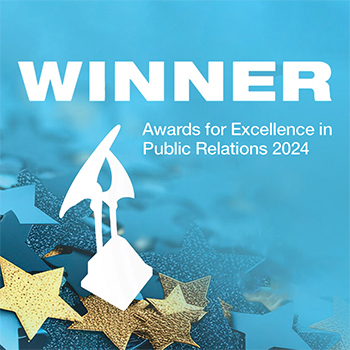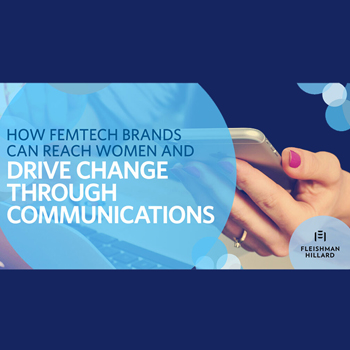Food For Thought At Web Summit
Thursday PM: It’s the final leg of the Web Summit and Bonin Bough bursts onto the Marketing Stage with a bounding enthusiasm and energy which lifts the entire room. As vice president of global media and consumer engagement at Mondelez International, the world’s largest snacking company, Bough knows how to capture the attention of his audience.
He’s here to tell us about the difference between how old and new organisations operate. While newer organisations are creating growth and value at an astonishing speed, older, larger organisations need a change of culture to inject innovation into their business and to move forward. But how do you change the culture of an organization and unlock opportunity?
It has nothing to do with size, industry, geography, age or education. New organisations have tapped into a cultural phenomenon whereby they create value by breaking things and it’s all down to talent, according to Bough. He believes that you have to hack culture to create an environment that drives change – it’s about breaking your core business.
But how does Mondelez break its core business of snacking? With the explosion of mobile changing social media habits, it set out to look at the future of snacking distribution and after four days of hyper-brainstorming the team came up with the idea of vending while trending. This saw one of Mondelez’s brands, Oreo, conducting an experiment called ‘Trending Vending’ at this year’s SXSW festival, where they provided a customized consumer experience based on trending Twitter conversations.
Oreo’s vending machines used 3D printing technology and the hashtag #eatthetweet to create designs based on what was currently trending on Twitter. The result: 10,0000 attendees queued for up to two hours in the rain to create their own personal cookie and over 42 million impressions between online, print and social media. The experiment was such a success that Oreo is now taking it on the road.
Bough acknowledged that bringing to life new ideas is difficult, but that a talented team willing to not only embrace the future but to hack it is what will drive an organisation forward. According to computer scientist Alan Kay, “the best way to predict the future is to invent it.” Bough concluded by re-coining this famous quote, suggesting that “The best way to predict the future is to hack it.” His vision should certainly provide marketers in larger organisations with food for thought.
Find Out More
-
Sustainability Newsletter
October 7, 2024
-
Awards for Excellence in Public Relations 2024
July 23, 2024


